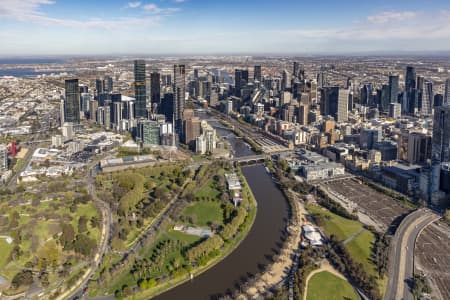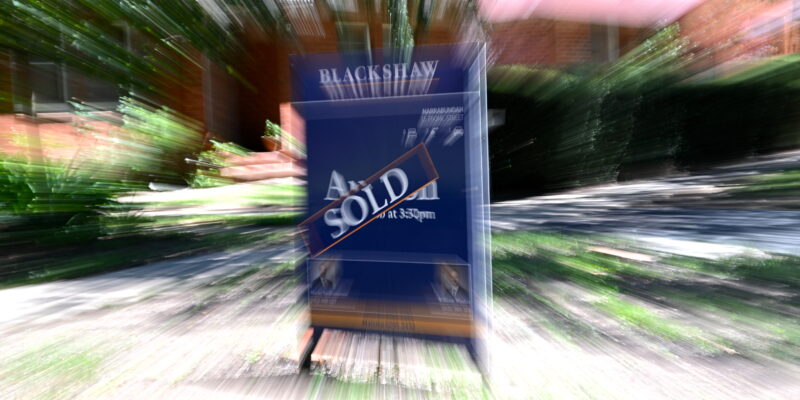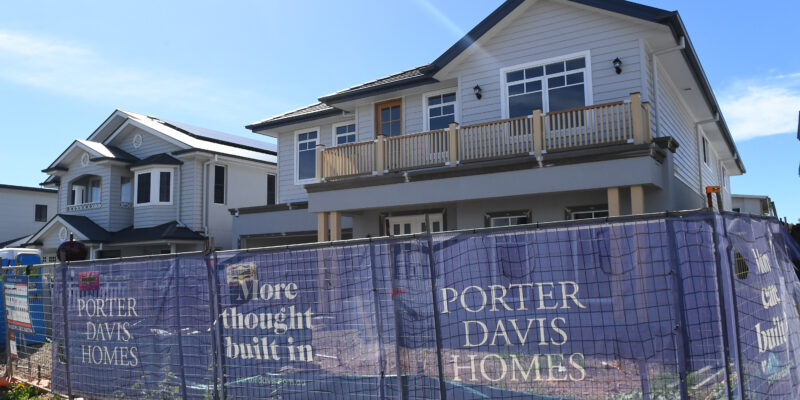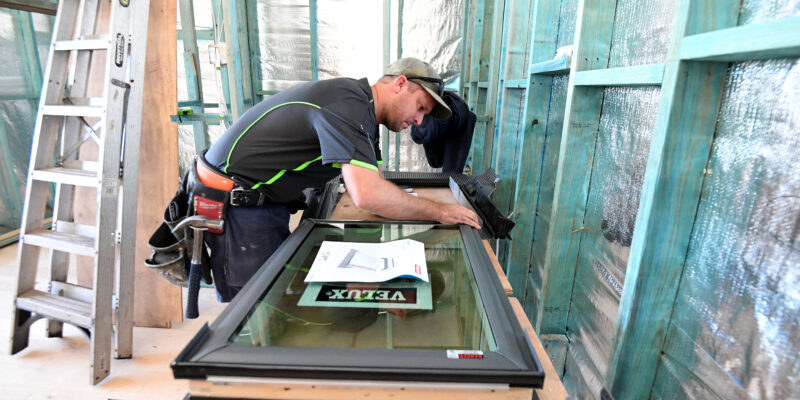Tough investment climate cools Melbourne property market: analysts
State government tax reforms are likely suppressing property price growth in Australia’s second largest city, toughening conditions for investors, according to Cotality.

WEAKER investor demand is restraining Melbourne property prices, boosting affordability and first home buyer activity in the city, property consultant Cotality said on Tuesday.
Property prices in Melbourne have risen just 17.5% in the past five years, much less than home values nationally, which have surged 46.8% over the same period. The city has a median house value of $953,000, lower than other Australian capitals like Canberra, Brisbane and especially Sydney where house values surpassed $1.5 million this year.
Cotality, formerly CoreLogic, said Melbourne’s slower price growth was largely due to less investor demand, citing “a tougher investment environment” in the city.
“Recent tax changes may have dampened investor demand in Victoria, easing competition for homes,” the company said in a statement.
It pointed to property tax reforms for denting investor demand, highlighting the state government lowering the land tax threshold from $300,000 to $50,000, introducing a flat land tax increase of up to $975 and raising the absentee owner surcharge.
“For a tenanted property with a land value of $650,000, these changes equate to an estimated $1,300 annual increase in tax,” Cotality said.
“When combined with rising interest rates, maintenance, and compliance costs, the feasibility of holding investment properties may have declined.
“These new or higher taxes come on top of other taxes including higher stamp duty rates relative to most other states, vacant residential land tax and short stay levy to name a few.”
Another contributor, according to the property consultant, was weak economic and demographic trends in the city. Victoria’s population fell by over 1.1% between March 2020 and September 2021, against a national increase of 0.3%.
“While there are definite signs of strength and recovery in the state, weak economic performance is ultimately not how housing affordability should be achieved, because lower home prices are simply symptomatic of less purchasing power.”
More housing supply was also a likely factor at play, Cotality said, pointing to more dwelling completions in Melbourne than in other Australian states and territories.
Official building activity data showed 885,000 dwellings have been completed in Victoria over the past 15 years, 21.5% higher than NSW.
“More subdued price growth and reduced investor activity has clearly increased affordability and made room for more first home buyer activity,” Cotality said.
“Whether Melbourne can maintain its affordability advantage over the longer term is yet to be seen.”






